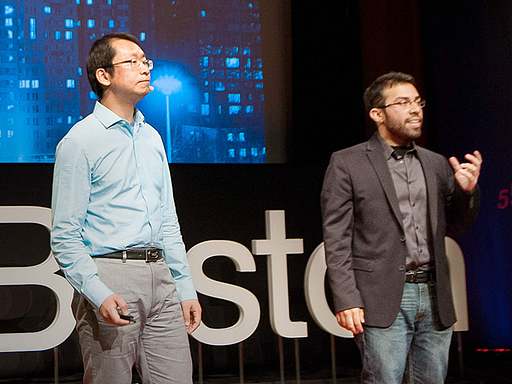Think you’ve got a terrible memory? You don’t know the half of it
Last year, MIT neuroscientists Xu Liu and Steve Ramirez manipulated the memory of a mouse. In a fascinating and mildly troubling breakthrough caused by a laser and the protein channelrhodopsin, they “activated” fear memories in a mouse. The impetus, says Ramirez, was the awful feeling of a break-up, the desire, Eternal Sunshine-style, to erase the […]
Continue reading
